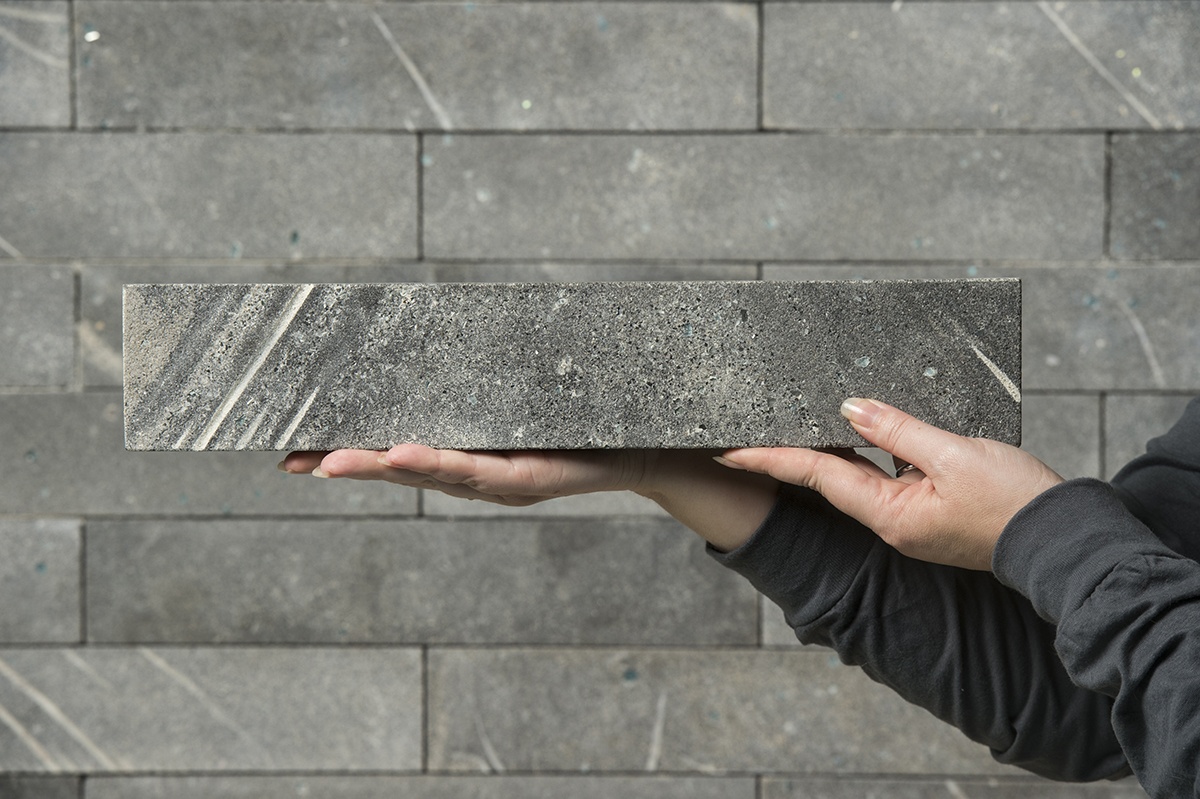While often neglected in favour of sexier sources of greenhouse gases, the massive worldwide demand for concrete means that, as of 2016, the chemical and thermal processes in cement production contributed about 8% of global carbon dioxide emissions. If it was a country, cement would be responsible for the 3rd largest CO2 output, just trailing behind the US and China.
Patented by Leeds native Joseph Aspdin (a local legend!) in the 19th century, cement presents a trying challenge for the built sector – fundamentally, cement is needed for concrete, and we need concrete, so how do we de-carbonise our cement?
First, it’s worth addressing the two sources of CO2 in the cement production process. To make cement, the raw material components are ground to a fine powder before being heated to massive temperatures (about 1500°C!) in a kiln.
This sinters the powder together and forms ‘clinker’, which is then processed after cooling to make cement. Both the burning of fossil fuels to raise kiln temperature and the chemical reactions that occur in the sintering process release carbon dioxide.
MIT recently published research into an electrochemical method of cement production that would allow the CO2 released in the equivalent ‘sintering’ stage to be repurposed, e.g. fizzing up a drink.
With a renewable heat source (biomass burners perhaps?) this process could in theory produce emissions-free cement. This is perhaps wishful thinking, while we flirted with a shortage in the UK last year, it’s hard to imagine worldwide demand for drink fizz (or any other form of focused CO2) getting up to 2.2 billion tonnes a year.
Some of the University of Leeds’ own academics are contributing to research into alternatives. Researchers within the Civil Engineering school are some of the leading worldwide authorities on alkali-activated cements. These utilize a fundamentally different chemical composition and reaction that reduces the carbon footprint versus conventional cement (aka Portland cement) by up to 80%.
The construction industry can be slow to move however, and the soundness of mind offered by a cement recipe with 200 years of proven success means that some are reluctant to make the leap.
Others don’t suggest de-carbonising cement, but removing it from the concrete equation entirely.
Carbicrete are a start-up who pride themselves on a ‘carbon-negative’ concrete – injecting CO2 into their mix and using steel-slag from industrial waste processes instead of cement as a binder. Another startup, bioMASON, utilize microorganisms to effectively grow biocement based materials. It’s reasonable to ask what the feasibility of such solutions is on a massive scale: how much spare steel slag is there really floating around? How long does it take to ‘grow’ a building? These reasonable questions likely point towards the fact that, as with so many aspects of the climate crisis, we’ll need to apply different solutions to different scenarios.
Though annual cement demand has levelled off in recent years, the continued urbanization and development of Southeast Asia and sub-Saharan Africa means the world’s floor area is projected to double in the next 40 years. We’ve got some ideas, but we’ve yet to come to a solid conclusion on how it’s all going to stick together – cement might not be the answer.
image source: https://www.carbonbrief.org/qa-why-cement-emissions-matter-for-climate-change

